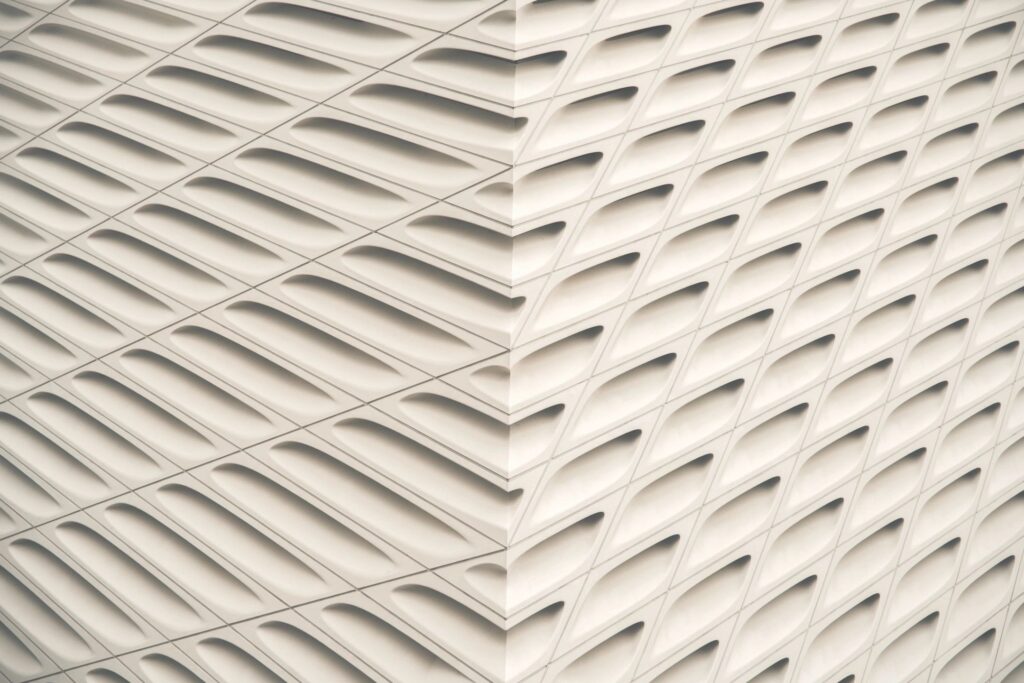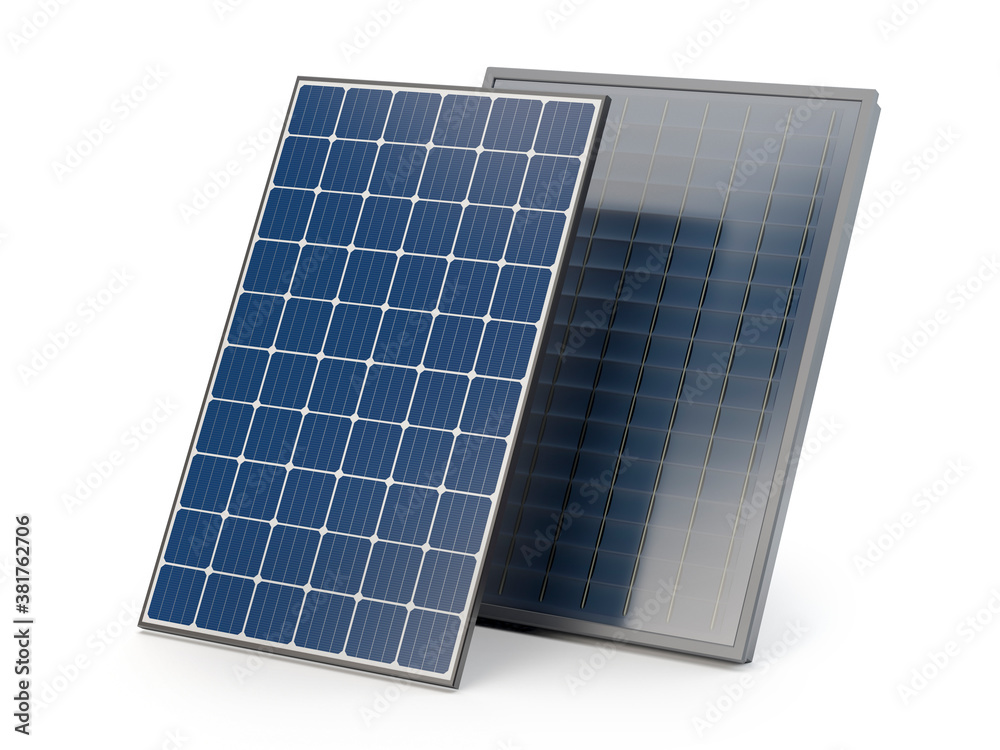Researchers at the University of Toronto, in collaboration with the Korea Advanced Institute of Science & Technology, have utilized machine learning and 3D printing to create advanced nano-architected materials. These materials combine the strength of carbon steel with the lightness of Styrofoam, potentially revolutionizing industries like automotive and aerospace.
Led by Professor Tobin Filleter, the team developed nano-architected materials using nano-scale building blocks arranged in complex 3D nanolattices. The research, supported by the University of Toronto’s International Doctoral Clusters program, leveraged a machine learning algorithm known as multi-objective Bayesian optimization. This algorithm, developed by Professor Seunghwa Ryu and PhD student Jinwook Yeo, effectively predicted optimal geometries for stress distribution, enhancing the strength-to-weight ratio of the designs.
The use of a two-photon polymerization 3D printer allowed the creation of prototypes for experimental validation. These prototypes demonstrated a significant improvement, withstanding stress levels five times higher than titanium. The machine learning approach proved efficient, requiring only 400 data points to optimize the designs, a stark contrast to the thousands typically needed.
This breakthrough aligns with broader efforts to advance material sciences and reduce carbon footprints in sectors like aerospace. The potential to replace heavier components with these lightweight materials could lead to substantial fuel savings, addressing both economic and environmental challenges.
Peter Serles, the study’s first author, highlighted the unprecedented application of machine learning in optimizing such materials, noting its capacity to generate innovative geometries beyond the training data. Professor Filleter emphasized the environmental benefits, suggesting that replacing titanium components could significantly lower fuel consumption in aircraft.
Looking ahead, the research team aims to further refine these materials for cost-effective scalability in practical applications. Continued exploration of new designs could lead to even lighter yet robust components, potentially transforming material use across various industries.
Article Source: Designing nano-architected materials using ML and 3D printing – ASM International
Image Credit: Photo by Steinar Engeland on Unsplash












